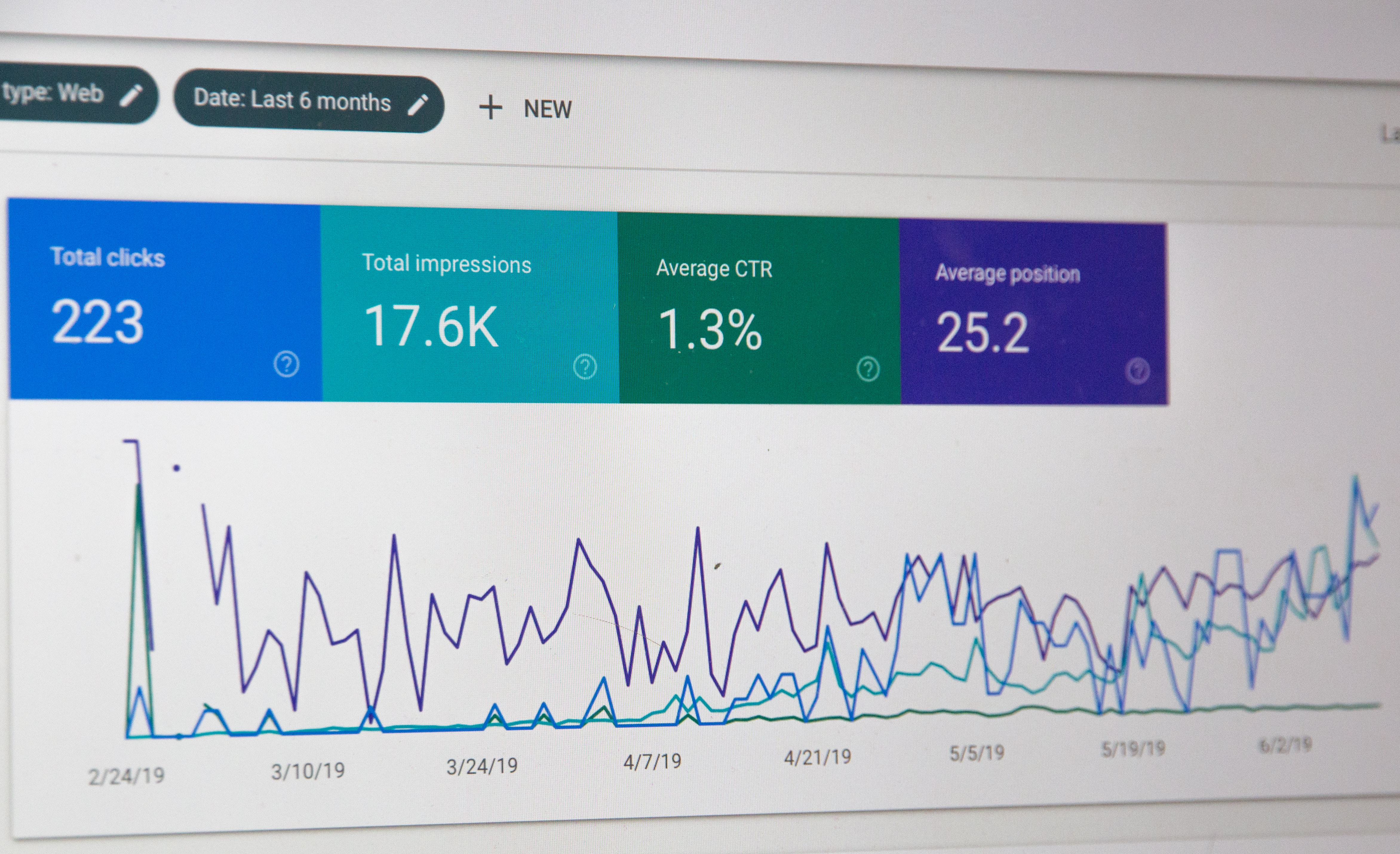The Fitness tracker principle for your business health
Closed loop and open loop – how they affect you and your business
Closed-loop thinking, and open-loop thinking are ideas discussed in a book I recently read – Black Box Thinking by Matthew Syed. It’s a really good read about the route to success and using failure to learn and grow, highly recommend it. While reading the book, it got me thinking how these ideologies can relate to MIS and businesses in general. The next few paragraphs aren’t anything to do with MIS but stick with me while I explain closed and open-loop thinking.
The healthcare industry generally has a history of a closed-loop approach. The book starts with a story about a healthy young woman who goes for a minor operation on her throat. A reaction to anaesthetic complicates things, her jaw locks, which means they cannot get the tube to assist with her breathing, into her throat.
After 12 minutes of trying different ways of getting some oxygen into her body, a nurse suggests a tracheostomy kit. The kit is the last resort, it works through an incision in the patient’s neck. But the doctors continued trying to force a tube down the concealed airway. After 20 minutes of being starved of oxygen, she was transferred to ICU. She died 13 days later. It was put down to ‘medical error’ - no investigation was opened. How many more similar incidents might have happened like this? You might wonder why wouldn’t they investigate something like this? Without investigation we can’t identify the real cause or if indeed this has happened before if there is a pattern that could be identified and dealt with. This is a sad but very illustrative example of closed loop thinking and throughout the book Black box thinking it cites multiple examples of why the healthcare sector is guilty of closed loop thinking.
Open-loop is completely different. If something goes wrong or if there is a problem with something, it is investigated to make improvements. The book points to the airline industry as been a great advocate of open-loop thinking. One example Syed references in the book is United Airlines flight 173. There were complications with landing gear not coming down, so they could land, and whilst trying to resolve the problem they began to run out of fuel. The flight engineer warned the pilot, but he still didn’t land the plane, he was fixated wanting to be sure the problem was resolved before he landed. The emergency crash landing killed 10 people and injured many.
 There is a common denominator in these stories – the authority figure. Despite receiving advice from their team, the person in charge ignored the advice as they were the superior who ‘knew best’. In both scenarios, their colleagues being junior to them also felt reluctant to disrespect or challenge their authority.
There is a common denominator in these stories – the authority figure. Despite receiving advice from their team, the person in charge ignored the advice as they were the superior who ‘knew best’. In both scenarios, their colleagues being junior to them also felt reluctant to disrespect or challenge their authority.
The difference with these two stories is the aftermath. The healthcare industry just moved on and put the incident down to medical complications, it couldn’t be helped, it was just bad luck and one of these things (closed-loop). But the airline industry investigated the cause, listened to the Black-box recordings, interviewed the staff and looked at key data. They used their findings to change their procedures and introduced Crew Resource Management that was shared across the industry. This is an open-loop approach as they’ve learnt and acted on their mistakes.
In the end some of the healthcare industry took an open-loop approach and investigated failures and adopted a similar Crew Resource Management approach and made huge differences to hospitals and saving lives.
How does this relate to MIS or me and you?
Businesses can thrive from open-loop and people can thrive from it too. From a personal point of view, it’s like owning a Fitbit – you set yourself goals and targets to hit each day, you have access and feedback to real-time data (in the form your watch or the app). It’s presented in a simple form and is easy to see how your progressing and what you need to do to reach your goals. When you aren’t on track, you reflect on why you haven’t hit them, and what you need to do to make sure you hit them. You can act straight away to make sure you hit targets.

I talk from personal experience that I think will sound familiar. Before I owned a Fitbit, I was working out and trying to get fit but my progress seemed to plateau. I wasn’t losing any more weight and couldn’t get faster or better at running. This is because I was just following a program but not getting analysis or feedback on my performance to know where I needed to improve.
On your Fitbit you look at how many steps you’ve done, how many calories you’ve burnt and if you use it for running, you can monitor your average kilometre time. By interacting with the dashboard and monitoring results, you’re getting a continuous open-loop feedback which will help you achieve goals. And for me, and thousands of others this worked. The Fitbit also helps to break down your overall goals into smaller chunks – you’ll hit the bigger target. It will possibly take a bit longer to do, but this brings us to another concept about marginal gains, which we’ll explore in a moment.
So how does this relate to MIS? Well MIS, like the Fitbit, can provide you with an open-loop approach because the data it holds can show you where changes need to be made and indicate what changes to make. Another key point made by Syed is that if you fail, it’s not classed as a failure, it’s a learning opportunity to be used. But with a closed-loop, through ignoring or not even recognizing the failure you can end up repeating the same mistakes.
I’ll follow up this article in a couple of weeks to explain how to use your Fitbit/MIS to hit your targets - splitting things up into smaller chunks and using a marginal gains approach to hit overall targets. Keep an eye out for that.
Share this
You May Also Like
These Related Stories

The Fitness Tracker principle for your business health - Part II

How to Drive Customers to your Web-to-Print Website: Part 2
